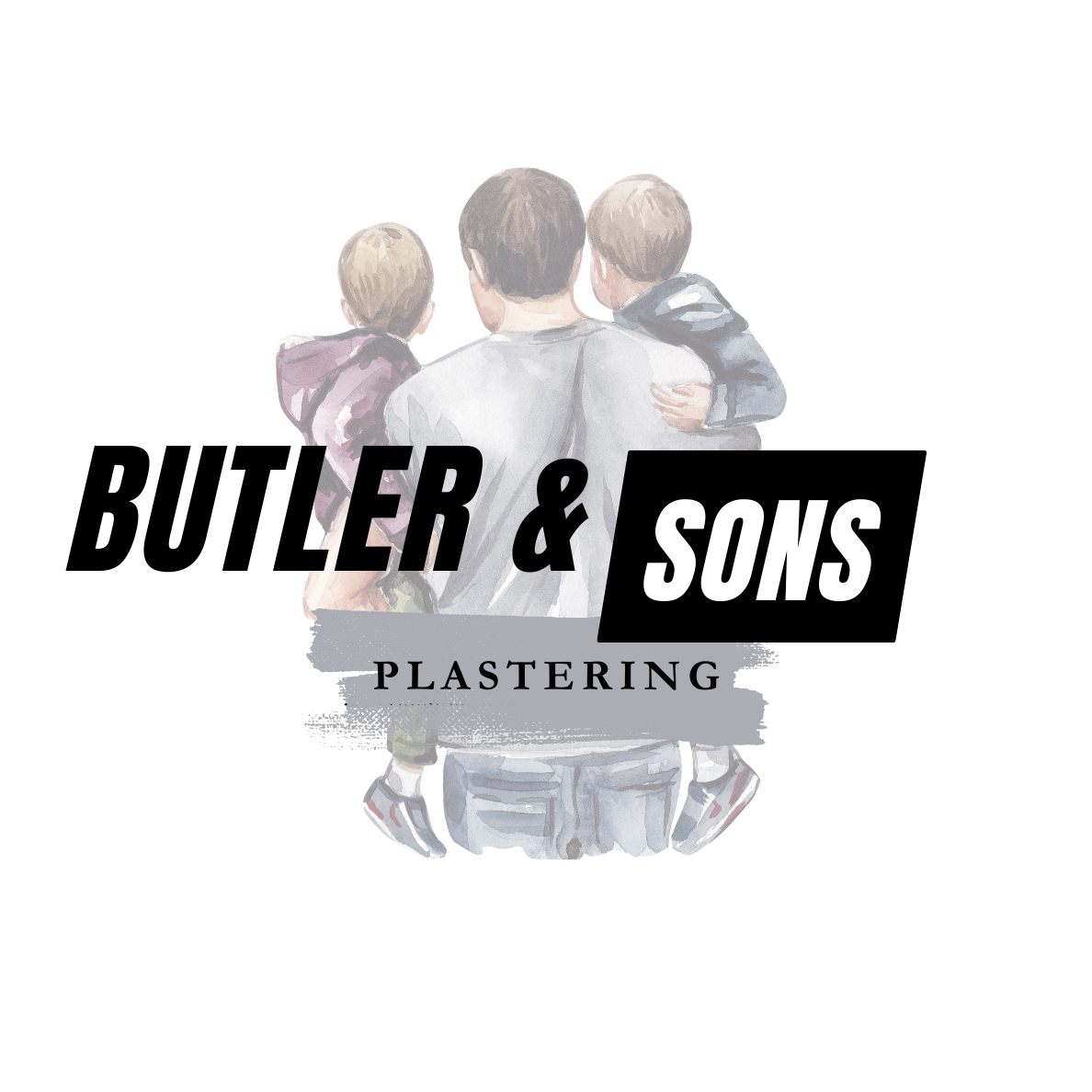Dry Lining vs Plastering: Selecting the Ideal Wall Finish for Your home!!
Beginning building enhancements can introduce a plethora of options that may appear overwhelming, especially regarding interior of your home. One important decision involves selecting between dry lining or plastering for your walls. Typically influenced by factors such as cost, installation complexity, insulation, drying times, and desired aesthetics.
Recognising the subtle differences between dry lining and plastering is crucial for customising it to suit the unique requirements of your residential or business needs.
Both approaches come with their own set of pros and cons, and being well-informed about these aspects can helps the choice of a solution that harmonises with your renovation objectives.
Dry Lining…
Dry lining involves attaching plasterboard to interior walls and ceilings, creating a smooth surface for decorating. It's usually quicker and cleaner than traditional wet plastering, making the construction process more streamlined.
Quick to execute compared to wet plastering.
Less mess during application.
Leaves a smooth surface ready for painting.
Why Choose Dry Lining:
Dry lining is a fast and efficient way to improve the look of internal walls and ceilings. Unlike wet plastering, it doesn't need time to dry, so construction tasks can be completed faster. Plus, it can enhance insulation and reduce noise, which is great for controlling temperature and sound.
Speeds up construction.
No drying time needed.
Improves insulation and reduces noise.
Where Dry Lining Fits:
Dry lining is used in both residential and commercial buildings, especially for interior walls and ceilings. It's handy for renovations, covering existing masonry or brickwork with a fresh look. In homes, it makes installing features like shelves and radiators quick and easy, and it's perfect for modern bathroom cladding and stud walls.
What You Need for Dry Lining:
Plasterboard/Gypsum Board: Various thicknesses available for the main wall surface.
Insulation Options: Mineral wool or foam boards for thermal and acoustic improvement.
Adhesive Compounds: PVA or 'dot and dab' methods to secure boards.
Fixings: Nails or screws for a firm hold.
Tape and Jointing Materials: Scrim tape and jointing compounds for smooth joints.
Finish Options: Trowel on a skim coat for painting or leave with the tapered edge exposed.
Dry Lining vs. Plastering Techniques:
Deciding between dry lining and traditional plastering depends on your project. Dry lining is quicker because it skips the long drying times of wet plaster, and it can boost insulation with the right materials. Wet plastering is more versatile, perfect for complex surfaces, although it needs skilled hands and patience.
Dry Lining Benefits:
Easy to install, especially for standard rooms.
Less risk of cracking compared to wet plaster.
Great for hiding cables and wires.
Speeds up finishing without waiting for drying.
Enhances insulation and energy efficiency.
Dry Lining Challenges:
Tricky for complex room shapes.
Mounting heavy items can be difficult.
May affect air tightness and sound insulation.
More susceptible to impact damage.
Requires precision and skill for a high-quality finish.
Choosing Between Dry Lining and Plastering:
Each method has its advantages. Dry lining is fast and ready for decorating, while plastering offers versatility for various designs. If you're unsure, getting professional advice can help you make the right choice for your property's needs. If you found this blog useful feel free to share it.

